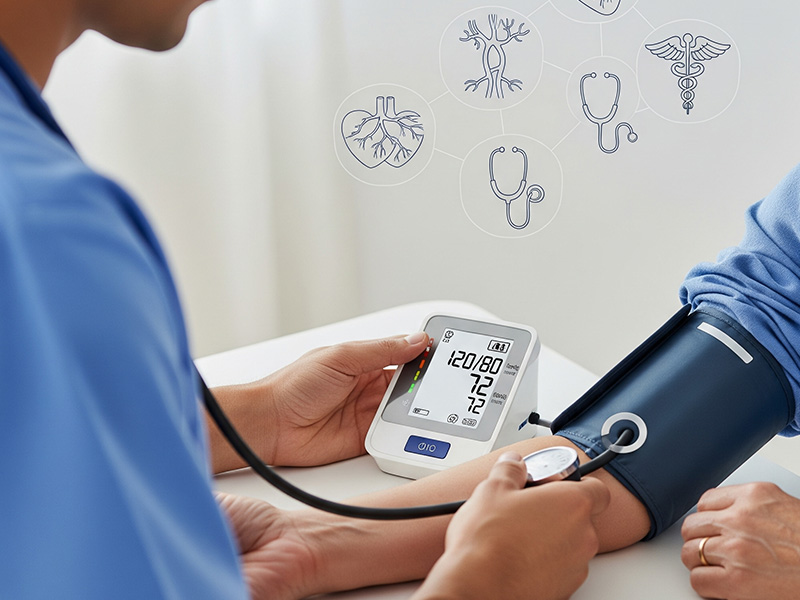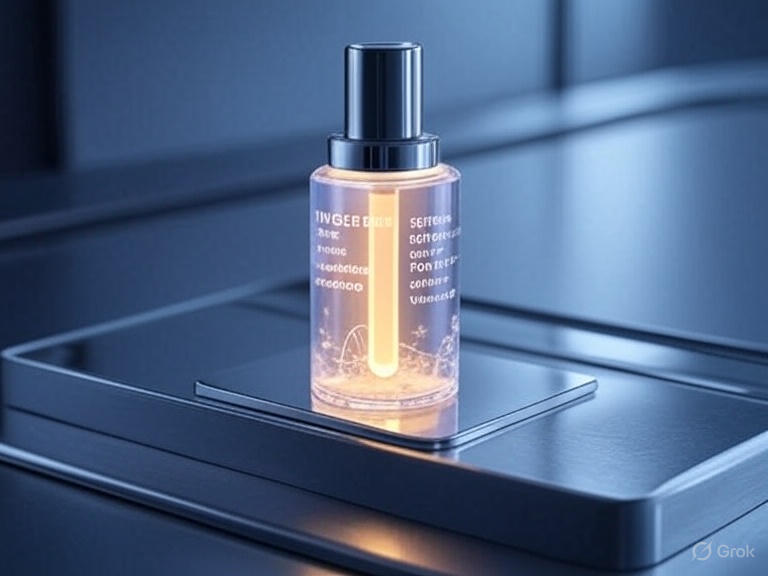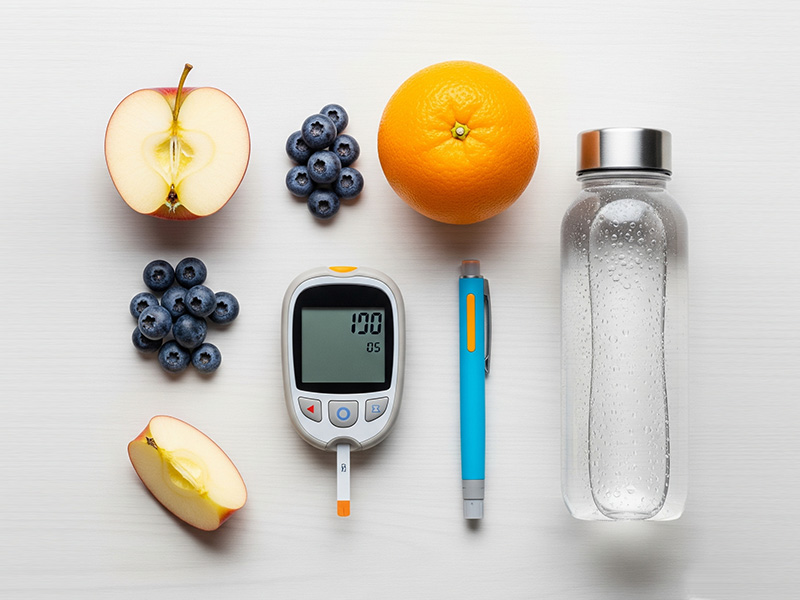Hypertension, commonly known as high blood pressure, affects nearly half of adults in the United States and is a leading risk factor for cardiovascular diseases like heart attacks, strokes, and kidney failure. Often dubbed the “silent killer,” it can go undetected for years without causing noticeable symptoms—while silently damaging blood vessels and organs.
Understanding hypertension is crucial for prevention and management. This comprehensive guide explores its causes, symptoms, and the most up-to-date treatment options as of 2025. You’ll also learn how lifestyle factors and genetics interact, how to recognize warning signs, and the latest medical breakthroughs.
💡 If you’re looking to build healthier long-term habits, don’t miss our post: The Power of Preventive Care: 7 Simple Habits to Protect Your Long-Term Health.
Table of Contents
- What is Hypertension?
- Causes of Hypertension
- Symptoms of Hypertension
- Diagnosis and Risk Factors
- The Latest Treatment Options in 2025
- Lifestyle Modifications for Management
- When to Seek Medical Help
- Conclusion
What is Hypertension?
Hypertension is a chronic condition where the force of blood against artery walls is consistently too high. Blood pressure is measured in millimeters of mercury (mmHg) and recorded as two numbers:
- Systolic (top number): Pressure during heartbeats
- Diastolic (bottom number): Pressure between beats
Normal blood pressure is below 120/80 mmHg.
Hypertension Stages (2025 AHA/ACC Guidelines)
| Stage | Systolic (mmHg) | or Diastolic (mmHg) |
|---|---|---|
| Normal | <120 | and <80 |
| Elevated | 120–129 | and <80 |
| Stage 1 Hypertension | 130–139 | or 80–89 |
| Stage 2 Hypertension | ≥140 | or ≥90 |
| Hypertensive Crisis | >180 | and/or >120 |
Left untreated, hypertension can lead to atherosclerosis, heart failure, kidney damage, and even cognitive decline.
Causes of Hypertension
Hypertension develops due to a combination of genetics, lifestyle, and other medical conditions. It is categorized as:
Primary (Essential) Hypertension
- Genetics: Family history increases risk.
- Age: Arteries stiffen with age.
- Lifestyle factors: Poor diet (high sodium, low potassium), inactivity, obesity, alcohol, and smoking.
Secondary Hypertension
Often sudden in onset and more common in younger individuals. Causes include:
- Chronic kidney disease
- Adrenal gland disorders (e.g., excess aldosterone)
- Thyroid disorders or sleep apnea
- Certain medications (NSAIDs, birth control pills)
Symptoms of Hypertension
Most people experience no obvious symptoms, which is why regular screenings are critical. When present, symptoms may include:
- Severe headaches
- Shortness of breath or chest pain
- Vision changes
- Irregular heartbeat or palpitations
⚠️ In hypertensive crises (BP >180/120 mmHg), symptoms can escalate to nosebleeds, anxiety, or seizures—requiring emergency care.
Diagnosis and Risk Factors
Diagnosis requires accurate measurement, ideally using home or ambulatory blood pressure monitoring for consistency.
Key Risk Factors
- Genetics and family history
- Age and race (higher in African Americans)
- Comorbidities such as diabetes or kidney disease
- Lifestyle factors: obesity, poor diet, inactivity
Advanced tools like the PREVENT calculator now estimate 10- and 30-year cardiovascular risks to guide treatment.
The Latest Treatment Options in 2025
The 2025 AHA/ACC guidelines emphasize a combination of lifestyle changes, medications, and advanced therapies.
Lifestyle Interventions (First-Line)
- DASH diet (low sodium, high potassium)
- 150 minutes of exercise/week
- Weight management
- Sodium reduction (<2,300 mg/day)
Pharmacological Treatments
- Standard drugs: ACE inhibitors, ARBs, calcium channel blockers, diuretics, beta-blockers
- New 3-in-1 pills (e.g., Widaplik) for better adherence
- Breakthrough medications:
- Lorundrostat (aldosterone inhibitor)
- Baxdrostat (aldosterone blocker)
- MANP (atrial natriuretic peptide analog)
- GLP-1 agonists (effective for hypertensive patients with obesity)
Procedural Options
Renal Denervation (RDN): A minimally invasive, FDA-approved procedure for resistant hypertension.
Lifestyle Modifications for Management
In addition to medical treatments, lifestyle changes remain the cornerstone of long-term management:
- Maintain a healthy diet (DASH/Mediterranean)
- Limit alcohol and avoid smoking
- Manage stress (mindfulness, yoga, meditation)
- Regular physical activity
When to Seek Medical Help
Seek immediate care if you experience:
- Blood pressure readings above 180/120 mmHg
- Severe headache, chest pain, or vision loss
- Difficulty breathing or neurological symptoms
Conclusion
Hypertension is one of the most common yet preventable health conditions worldwide. With early detection, lifestyle changes, and modern therapies, managing blood pressure is more effective in 2025 than ever before.
✔️ Start by tracking your blood pressure regularly and adopting healthier daily habits. And remember, consult your healthcare provider for personalized treatment.






